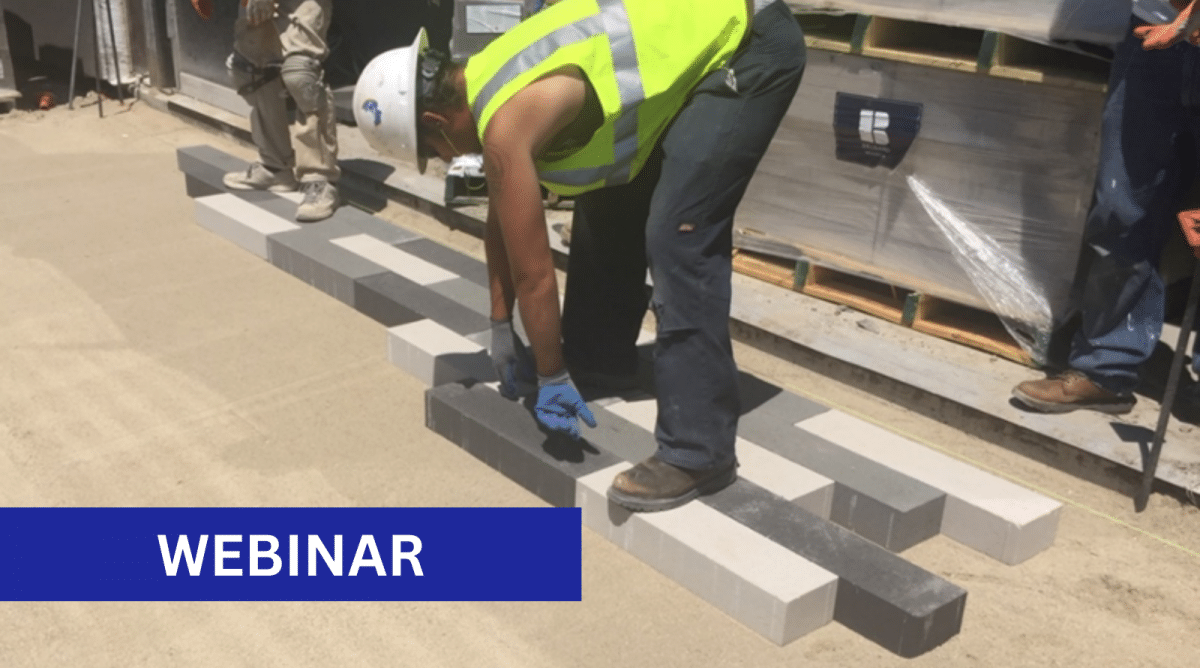
Slabs and planks are unique in their visual appeal and finishes, used to complement the architectural character of adjacent buildings while enhancing the landscape. Their patterns can create strong visual effects, suggesting movement and direction, making them a favored choice for designers. However, a common question arises: How much vehicular traffic can slabs and planks handle in at-grade applications?
While most applications of slabs and planks are designed for pedestrian use, some designers, whether informed or not, push the structural capacity by incorporating them into vehicular applications. Properly designed and constructed slabs and planks can withstand a limited amount of vehicle traffic. This webinar addresses the critical considerations for designing slabs and planks to handle these loading limits, ensuring they are both aesthetically pleasing and structurally sound.
Top 4 Objectives
In this webinar, attendees will:
- Learn What Makes Slabs, Planks, and Pavers Different
- Understand the unique characteristics of slabs, planks, and pavers, and how their distinct features contribute to their use in various applications.
- Learn the Different Manufacturing Processes of Slabs and Planks
- Gain insight into the different manufacturing techniques used to produce slabs and planks, and how these processes affect their durability and suitability for different uses.
- Learn About Pavement Condition Index (PCI) and How It Applies to Validating Pavers and Slabs in Vehicular Applications
- Discover how the Pavement Condition Index (PCI) is used to assess and validate the structural integrity of pavers and slabs in vehicular applications.
- Learn How to Use Tech Note 24 to Design a Slab and/or Plank Pavement for a Vehicular Application
- Learn how to effectively utilize Tech Note 24 in the design of slab and plank pavements to ensure they meet the necessary requirements for vehicular traffic.
Key Considerations
When incorporating slabs and planks into vehicular applications, consider the following:
- Structural Capacity: Understand the load-bearing capacity of the materials and ensure they are designed to handle the expected vehicular traffic.
- Material Selection: Choose the appropriate materials based on their strength, durability, and suitability for the intended use.
- Manufacturing Quality: Ensure that the slabs and planks are manufactured to high standards to maintain their integrity under load.
- Design Techniques: Apply proper design techniques, such as those outlined in Tech Note 24, to create pavements that can withstand vehicular traffic without compromising their aesthetic appeal.
Why Attend This Webinar?
Members will gain valuable knowledge on how to effectively use slabs and planks in both pedestrian and vehicular applications. This will enable them to make informed decisions, ensuring their designs are not only visually appealing but also structurally sound and capable of withstanding the intended loads.
Watch the full webinar on demand now.